检测假新闻不是一项容易的任务,首先,要定义是什么是假新闻。你需要找到一个关于虚假新闻的定义,而且必须正确地对真实和虚假的新闻进行标签(希望在类似的话题上能表现出明显的区别)。
为了进一步了解这个问题,我推荐Miguel Martinez-Alvarez的文章“如何利用机器学习和AI解决虚假新闻问题”(链接地址为https://miguelmalvarez.com/2017/03/23/how-can-machine-learning-and-ai-help-solving-the-fake-news-problem/)”。
与此同时,我读了米格尔的文章,偶然发现了一个公开的数据科学的帖子用“贝叶斯模型构建一个成功的虚假新闻检测器”(链接地址为https://opendatascience.com/blog/how-to-build-a-fake-news-classification-model/),这个作者甚至创建了带有标记的真假新闻示例数据集的储存库。
在这篇文章中,你将看到我最初的一些探索,也可以看看自己是否可以创建一个成功的虚假新闻检测器。

数据探索
首先,你应该快速浏览数据并且对它的内容有一个大概的了解,使用Pandas数据框架并且检查形状、磁头和应用必要的转换。
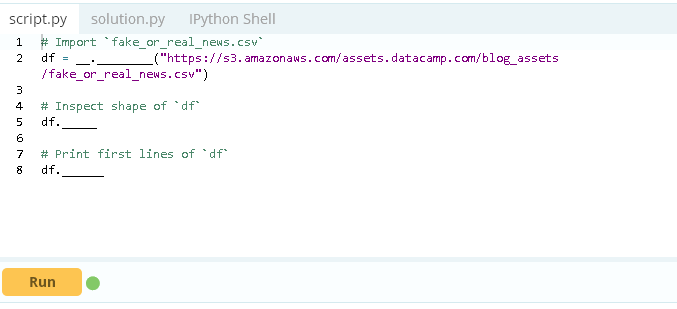

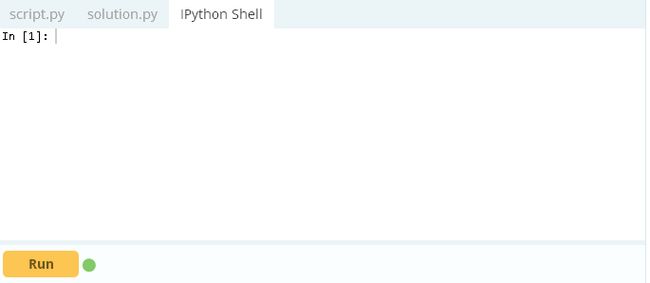
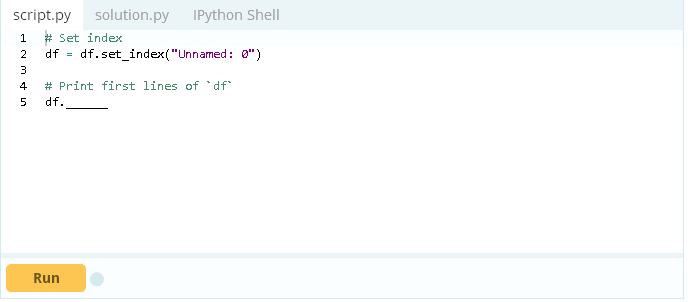
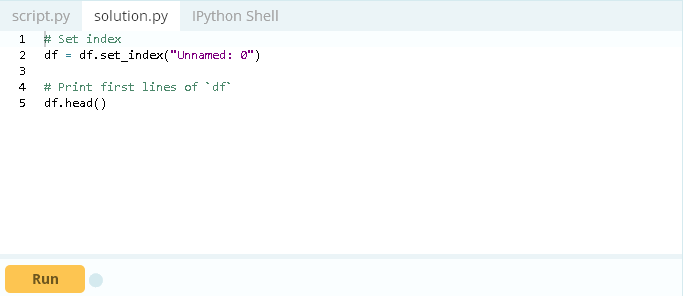
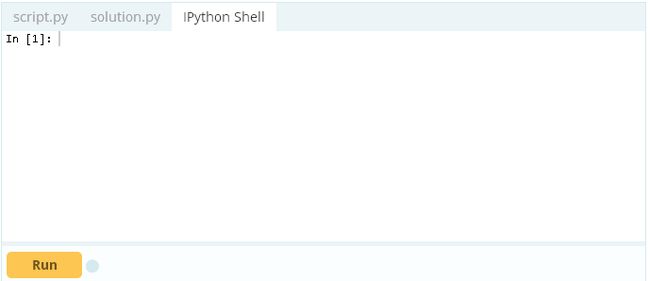
提取训练数据
现在的数据框架看起来和需要的很接近,你需要去分离标签并设置训练和培训数据集。
对于该笔记本,我决定使用更长的文章文本,因为我将使用字袋和文档频率(TF-IDF)提取特性,这似乎是一个很好的选择。使用更长的文本有可能为假新闻数据提供明显的词汇和特性。

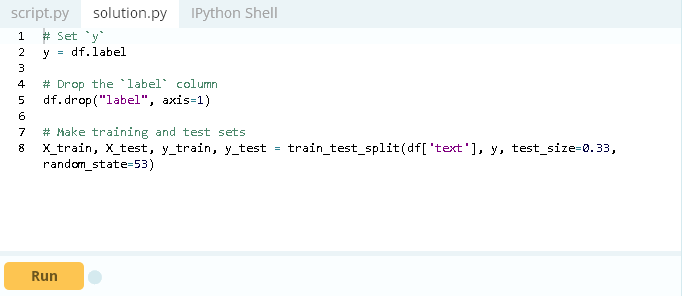

创建向量化程序分类器
现在已经有了自己的训练和测试数据集,你就可以创建自己的分类器。为了更好地了解文章中的单词和标记是否对新闻的真假有重大影响,首先要使用CountVectorizer和TfidfVectorizer。
这个示例对于使用max_df参数的TF-IDF向量化程序tfidf_vectorizer,将一个最大的阈值设置为.7。这删除了超过70%的文章中出现的单词。此外,内置的stop_words参数将在生成向量之前从数据中删除英语停用词。
有更多的参数可用,你可以在scikit- learn文档中阅读所有关于TfidfVectorizer和CountVectorizer的文档。
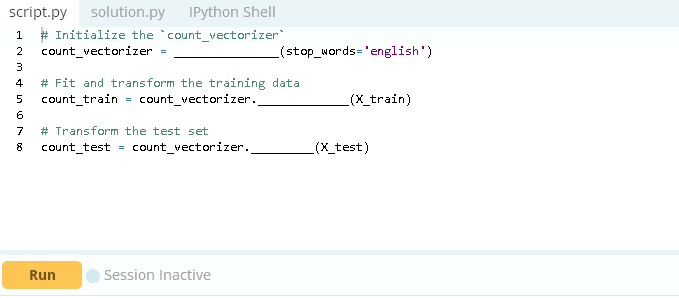
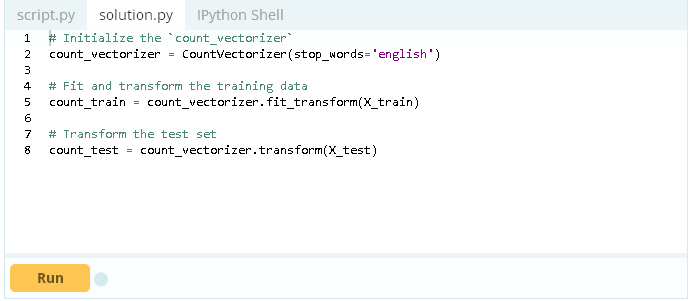
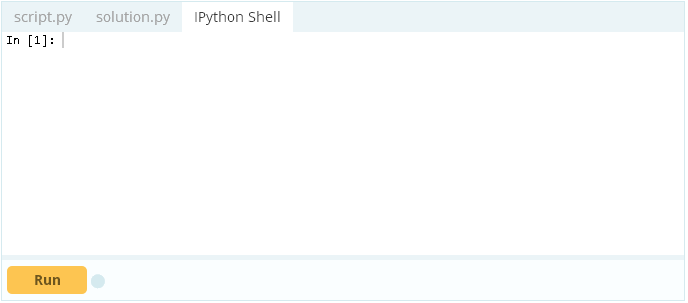
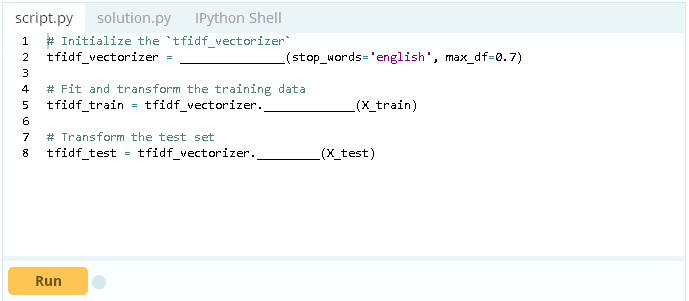


现在已经有了向量,你可以研究存储在count_vectorizer和tfidf_vectorizer中的向量特性。
在你所使用的数据集中,有很明显的注释、度量或其他无意义的词以及多语种文章。通常情况下,你需要花更多的时间来处理这个问题和消除噪声,但是本教程只是展示了一个概念的小证明,你将看到模型能否克服这些噪声并正确地分类。
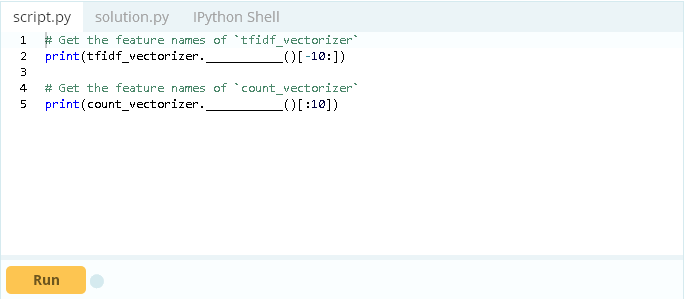


小插曲:计数与TF-IDF特性
我很好奇我的计数和TF-IDF向量化程序是否提取了不同的标记。为了查看和比较特性,你可以将向量信息提取到数据框架以使用简单的Python比较。
通过运行下面的单元格,两个向量化程序都提取了相同的标记,显然这两个标记的权重不同。改变TF-IDF向量化程序的max_df和min_df可能会改变结果,使每个结果具有不同特性。
1 |
count_df= pd.DataFrame(count_train.A, columns=count_vectorizer.get_feature_names()) |
1 |
tfidf_df= pd.DataFrame(tfidf_train.A, columns=tfidf_vectorizer.get_feature_names()) |
1 |
difference= set(count_df.columns)- set(tfidf_df.columns) |
1 |
print(count_df.equals(tfidf_df)) |
| |
00 |
000 |
0000 |
00000031 |
000035 |
00006 |
0001 |
0001pt |
000ft |
000km |
… |
حلب |
عربي |
عن |
لم |
ما |
محاولات |
من |
هذا |
والمرضى |
ยงade |
| 0 |
0 |
0 |
0 |
0 |
0 |
0 |
0 |
0 |
0 |
0 |
… |
0 |
0 |
0 |
0 |
0 |
0 |
0 |
0 |
0 |
0 |
| 1 |
0 |
0 |
0 |
0 |
0 |
0 |
0 |
0 |
0 |
0 |
… |
0 |
0 |
0 |
0 |
0 |
0 |
0 |
0 |
0 |
0 |
| 2 |
0 |
0 |
0 |
0 |
0 |
0 |
0 |
0 |
0 |
0 |
… |
0 |
0 |
0 |
0 |
0 |
0 |
0 |
0 |
0 |
0 |
| 3 |
0 |
0 |
0 |
0 |
0 |
0 |
0 |
0 |
0 |
0 |
… |
0 |
0 |
0 |
0 |
0 |
0 |
0 |
0 |
0 |
0 |
| 4 |
0 |
0 |
0 |
0 |
0 |
0 |
0 |
0 |
0 |
0 |
… |
0 |
0 |
0 |
0 |
0 |
0 |
0 |
0 |
0 |
0 |
5行×56922列
00 |
000 |
0000 |
00000031 |
000035 |
00006 |
0001 |
0001pt |
000ft |
000km |
… |
حلب |
عربي |
عن |
لم |
ما |
محاولات |
من |
هذا |
والمرضى |
ยงade |
| 0 |
0.0 |
0.0 |
0.0 |
0.0 |
0.0 |
0.0 |
0.0 |
0.0 |
0.0 |
0.0 |
… |
0.0 |
0.0 |
0.0 |
0.0 |
0.0 |
0.0 |
0.0 |
0.0 |
0.0 |
0.0 |
| 1 |
0.0 |
0.0 |
0.0 |
0.0 |
0.0 |
0.0 |
0.0 |
0.0 |
0.0 |
0.0 |
… |
0.0 |
0.0 |
0.0 |
0.0 |
0.0 |
0.0 |
0.0 |
0.0 |
0.0 |
0.0 |
| 2 |
0.0 |
0.0 |
0.0 |
0.0 |
0.0 |
0.0 |
0.0 |
0.0 |
0.0 |
0.0 |
… |
0.0 |
0.0 |
0.0 |
0.0 |
0.0 |
0.0 |
0.0 |
0.0 |
0.0 |
0.0 |
| 3 |
0.0 |
0.0 |
0.0 |
0.0 |
0.0 |
0.0 |
0.0 |
0.0 |
0.0 |
0.0 |
… |
0.0 |
0.0 |
0.0 |
0.0 |
0.0 |
0.0 |
0.0 |
0.0 |
0.0 |
0.0 |
| 4 |
0.0 |
0.0 |
0.0 |
0.0 |
0.0 |
0.0 |
0.0 |
0.0 |
0.0 |
0.0 |
… |
0.0 |
0.0 |
0.0 |
0.0 |
0.0 |
0.0 |
0.0 |
0.0 |
0.0 |
0.0 |
5行×56922列
比较模型
现在是时候训练和测试模型了。
将从NLP最喜欢的MultinomialNB开始。你可以使用它来比较TF-IDF和字袋。CountVectorizer的表现会更好。(有关多项式分布的更多阅读以及为什么最好使用整数,请查看UPenn统计学课程中的简洁说明)。
我个人觉得confusion matrices更容易比较和阅读,所以我使用scikit-learn文档来构建一些易于阅读的confusion matrices(谢谢开源!)。用confusion matrices显示主对角线上的正确标签(左上角到右下角)。其他单元格显示不正确的标签,通常称为假阳性或假阴性。
除了confusion matrices之外,scikit-learn有许多方法来可视化和比较模型。一种比较受欢迎的方式是使用“ROC”(链接地址为http://scikit-learn.org/stable/auto_examples/model_selection/plot_roc_crossval.html)曲线。在 “scikit-learn指标模块”(链接地址为http://www.atyun.com/wp-admin/post.php?post=5499&action=edit#sklearn-metrics-metrics)还有很多其他方法评估模型的可用性。
01 |
def plot_confusion_matrix(cm, classes, |
03 |
title='Confusion matrix', |
06 |
See full source and example: |
07 |
http://scikit-learn.org/stable/auto_examples/model_selection/plot_confusion_matrix.html |
09 |
This function prints and plots the confusion matrix. |
10 |
Normalization can be applied by setting `normalize=True`. |
12 |
plt.imshow(cm, interpolation='nearest', cmap=cmap) |
15 |
tick_marks= np.arange(len(classes)) |
16 |
plt.xticks(tick_marks, classes, rotation=45) |
17 |
plt.yticks(tick_marks, classes) |
20 |
cm= cm.astype('float')/ cm.sum(axis=1)[:, np.newaxis] |
21 |
print("Normalized confusion matrix") |
23 |
print('Confusion matrix, without normalization') |
26 |
for i, jin itertools.product(range(cm.shape[0]),range(cm.shape[1])): |
27 |
plt.text(j, i, cm[i, j], |
28 |
horizontalalignment="center", |
29 |
color="white" if cm[i, j] > threshelse "black") |
32 |
plt.ylabel('True label') |
33 |
plt.xlabel('Predicted label') |
1 |
clf.fit(tfidf_train, y_train) |
2 |
pred= clf.predict(tfidf_test) |
3 |
score= metrics.accuracy_score(y_test, pred) |
4 |
print("accuracy: %0.3f" % score) |
5 |
cm= metrics.confusion_matrix(y_test, pred, labels=['FAKE','REAL']) |
6 |
plot_confusion_matrix(cm, classes=['FAKE','REAL']) |
2 |
Confusion matrix, without normalization |

1 |
clf.fit(count_train, y_train) |
2 |
pred= clf.predict(count_test) |
3 |
score= metrics.accuracy_score(y_test, pred) |
4 |
print("accuracy: %0.3f" % score) |
5 |
cm= metrics.confusion_matrix(y_test, pred, labels=['FAKE','REAL']) |
6 |
plot_confusion_matrix(cm, classes=['FAKE','REAL']) |
2 |
Confusion matrix, without normalization |

实际上,没有进行参数调整,计数向量训练集count_train就已经明显优于TF-IDF向量。
测试线性模型
关于线性模型如何与TF-IDF向量化程序协调工作,有很多非常好的报道(查看“word2vec”(链接地址为http://nadbordrozd.github.io/blog/2016/05/20/text-classification-with-word2vec/)的分类,scikit-learn文本分析中的SVM引用等等)。
所以应该使用SVM。
我最近看了“Victor Lavrenko”(链接地址为https://www.youtube.com/watch?v=4LINLfsq1yE&list=PLBv09BD7ez_4XyTO5MnDLV9N-s6kgXQy7)关于文本分类的讲座,他比较了被动攻击型分类器和文本分类的线性SVMs。我们将使用假新闻数据集测试这个方法(它有显著的速度优势和永久学习的劣势)。
1 |
linear_clf= PassiveAggressiveClassifier(n_iter=50) |
1 |
linear_clf.fit(tfidf_train, y_train) |
2 |
pred= linear_clf.predict(tfidf_test) |
3 |
score= metrics.accuracy_score(y_test, pred) |
4 |
print("accuracy: %0.3f" % score) |
5 |
cm= metrics.confusion_matrix(y_test, pred, labels=['FAKE','REAL']) |
6 |
plot_confusion_matrix(cm, classes=['FAKE','REAL']) |
2 |
Confusion matrix, without normalization |
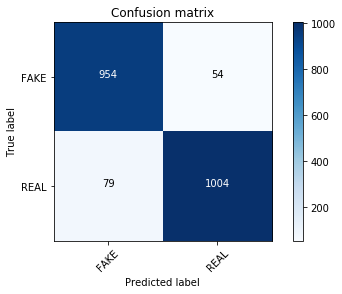
confusion matrix看起来有些不同,线性模型在真假新闻分类方面做得更好。测试是否可以通过调整alpha值以产生类似的结果。还可以通过网格搜索的参数调优来进行更详尽的搜索。
1 |
clf= MultinomialNB(alpha=0.1) |
2 |
for alphain np.arange(0,1,.1): |
3 |
nb_classifier= MultinomialNB(alpha=alpha) |
4 |
nb_classifier.fit(tfidf_train, y_train) |
5 |
pred= nb_classifier.predict(tfidf_test) |
6 |
score= metrics.accuracy_score(y_test, pred) |
9 |
print("Alpha: {:.2f} Score: {:.5f}".format(alpha, score)) |
1 |
/Users/karlijnwillems/anaconda/envs/ipykernel_py3/lib/python3.6/site-packages/sklearn/naive_bayes.py:699: RuntimeWarning: divide by zero encounteredin log |
2 |
self.feature_log_prob_= (np.log(smoothed_fc)- |
01 |
Alpha:0.00 Score:0.61502 |
02 |
Alpha:0.10 Score:0.89766 |
03 |
Alpha:0.20 Score:0.89383 |
04 |
Alpha:0.30 Score:0.89000 |
05 |
Alpha:0.40 Score:0.88570 |
06 |
Alpha:0.50 Score:0.88427 |
07 |
Alpha:0.60 Score:0.87470 |
08 |
Alpha:0.70 Score:0.87040 |
09 |
Alpha:0.80 Score:0.86609 |
10 |
Alpha:0.90 Score:0.85892 |
此时,在所有分类器上执行参数调优,或者看看其他一些“ scikit-learn Bayesian”(链接地址为http://www.atyun.com/wp-admin/post.php?post=5499&action=edit#multinomial-naive-bayes)分类器,可能会很有趣。还可以使用支持向量机(SVM)进行测试,以查看它是否优于被动攻击型分类器。
但我更好奇的是,被动攻击型的模型到底学到了什么。所以我们来看看如何反省。
反省模型
我们在数据集上的准确率达到了93%。
我对在特性上看到噪音数量的结果持谨慎态度。在StackOverflow上有一个非常有用的函数,可以用来寻找最能影响标签的向量。它只适用于二进制分类器(带有两个类的分类器),但这对你来说是个好消息,因为你只有假或真的标签。
使用带有TF-IDF向量数据集(tfidf_vectorizer)的最好的执行分类器和被动攻击型分类器(linear_clf),检查真假新闻的前30个向量:
01 |
See: https://stackoverflow.com/a/26980472 |
03 |
Identify most important featuresif given a vectorizerand binary classifier.Set n to the number |
04 |
of weighted features you would like to show. (Note: current implementation merely printsand doesnot |
08 |
class_labels= classifier.classes_ |
09 |
feature_names= vectorizer.get_feature_names() |
10 |
topn_class1= sorted(zip(classifier.coef_[0], feature_names))[:n] |
11 |
topn_class2= sorted(zip(classifier.coef_[0], feature_names))[-n:] |
13 |
for coef, featin topn_class1: |
14 |
print(class_labels[0], coef, feat) |
18 |
for coef, featin reversed(topn_class2): |
19 |
print(class_labels[1], coef, feat) |
22 |
most_informative_feature_for_binary_classification(tfidf_vectorizer, linear_clf, n=30) |
01 |
FAKE-4.86382369883 2016 |
02 |
FAKE-4.13847157932 hillary |
03 |
FAKE-3.98994974843 october |
04 |
FAKE-3.10552662226 share |
05 |
FAKE-2.99713810694 november |
06 |
FAKE-2.9150746075 article |
07 |
FAKE-2.54532100449 print |
08 |
FAKE-2.47115243995 advertisement |
09 |
FAKE-2.35915304509 source |
10 |
FAKE-2.31585837413 email |
11 |
FAKE-2.27985826579 election |
13 |
FAKE-2.25253568246 war |
14 |
FAKE-2.19663276969 mosul |
15 |
FAKE-2.17921304122 podesta |
16 |
FAKE-1.99361009573 nov |
17 |
FAKE-1.98662624907 com |
18 |
FAKE-1.9452527887 establishment |
19 |
FAKE-1.86869495684 corporate |
20 |
FAKE-1.84166664376 wikileaks |
22 |
FAKE-1.75686475396 donald |
23 |
FAKE-1.74951154055 snip |
24 |
FAKE-1.73298170472 mainstream |
26 |
FAKE-1.70917804969 ayotte |
27 |
FAKE-1.70781651904 entire |
28 |
FAKE-1.68272667818 jewish |
29 |
FAKE-1.65334397724 youtube |
30 |
FAKE-1.6241703128 pipeline |
32 |
REAL4.78064061698 said |
33 |
REAL2.68703967567 tuesday |
35 |
REAL2.45710670245 islamic |
36 |
REAL2.44326123901 says |
37 |
REAL2.29424417889 cruz |
38 |
REAL2.29144842597 marriage |
39 |
REAL2.20500735471 candidates |
40 |
REAL2.19136552672 conservative |
41 |
REAL2.18030834903 monday |
42 |
REAL2.05688105375 attacks |
43 |
REAL2.03476457362 rush |
44 |
REAL1.9954523319 continue |
45 |
REAL1.97002430576 friday |
46 |
REAL1.95034103105 convention |
48 |
REAL1.91185661202 jobs |
49 |
REAL1.87501303774 debate |
50 |
REAL1.84059602241 presumptive |
52 |
REAL1.80027216061 sunday |
53 |
REAL1.79650823765 march |
54 |
REAL1.79229792108 paris |
55 |
REAL1.74587899553 security |
56 |
REAL1.69585506276 conservatives |
57 |
REAL1.68860503431 recounts |
58 |
REAL1.67424302821 deal |
59 |
REAL1.67343398121 campaign |
61 |
REAL1.61425630518 attack |
也可以用一种非常明显的方式来实现这一点,只需使用几行Python,将系数压缩到特性,并查看列表的顶部和底部。
1 |
feature_names= tfidf_vectorizer.get_feature_names() |
2 |
sorted(zip(clf.coef_[0], feature_names), reverse=True)[:20] |
01 |
[(-6.2573612147015822,'trump'), |
02 |
(-6.4944530943126777,'said'), |
03 |
(-6.6539784739838845,'clinton'), |
04 |
(-7.0379446628670728,'obama'), |
05 |
(-7.1465399833812278,'sanders'), |
06 |
(-7.2153760086475112,'president'), |
07 |
(-7.2665628057416169,'campaign'), |
08 |
(-7.2875931446681514,'republican'), |
09 |
(-7.3411184585990643,'state'), |
10 |
(-7.3413571102479054,'cruz'), |
11 |
(-7.3783124419854254,'party'), |
12 |
(-7.4468806724578904,'new'), |
13 |
(-7.4762888011545883,'people'), |
14 |
(-7.547225599514773,'percent'), |
15 |
(-7.5553074094582335,'bush'), |
16 |
(-7.5801506339098932,'republicans'), |
17 |
(-7.5855405012652435,'house'), |
18 |
(-7.6344781725203141,'voters'), |
19 |
(-7.6484824436952987,'rubio'), |
20 |
(-7.6734836186463795,'states')] |
2 |
sorted(zip(clf.coef_[0], feature_names))[:20] |
01 |
[(-11.349866225220305,'0000'), |
02 |
(-11.349866225220305,'000035'), |
03 |
(-11.349866225220305,'0001'), |
04 |
(-11.349866225220305,'0001pt'), |
05 |
(-11.349866225220305,'000km'), |
06 |
(-11.349866225220305,'0011'), |
07 |
(-11.349866225220305,'006s'), |
08 |
(-11.349866225220305,'007'), |
09 |
(-11.349866225220305,'007s'), |
10 |
(-11.349866225220305,'008s'), |
11 |
(-11.349866225220305,'0099'), |
12 |
(-11.349866225220305,'00am'), |
13 |
(-11.349866225220305,'00p'), |
14 |
(-11.349866225220305,'00pm'), |
15 |
(-11.349866225220305,'014'), |
16 |
(-11.349866225220305,'015'), |
17 |
(-11.349866225220305,'018'), |
18 |
(-11.349866225220305,'01am'), |
19 |
(-11.349866225220305,'020'), |
20 |
(-11.349866225220305,'023')] |
很明显,可能有一些词汇会显示出政治意图和来源的虚假特征(比如企业和机构)。
真正的新闻数据更频繁的使用动词“说”,可能是因为报纸和大多数新闻出版物的来源是直接引用(“德国总理安吉拉·默克尔说…”)。
从当前的分类器中提取完整的列表,并查看每个标记(或者比较分类器之间的标签)。
1 |
tokens_with_weights= sorted(list(zip(feature_names, clf.coef_[0]))) |
小插曲:HashingVectorizer
另一个用于文本分类的向量化程序是一个HashingVectorizer。虽然hashingvectorizer需要的内存更少并且运行更快(因为它们是稀疏的,并且使用散列而不是标记),但它比反省更难。
可以试着将它的结果和其他向量化程序的结果对比一下。会发现它的性能非常好,比使用MultinomialNB的TF-IDF向量化程序的效果更好,但和使用被动攻击型线性算法的TF-IDF向量化程序不同。
1 |
hash_vectorizer= HashingVectorizer(stop_words='english', non_negative=True) |
2 |
hash_train= hash_vectorizer.fit_transform(X_train) |
3 |
hash_test= hash_vectorizer.transform(X_test) |
1 |
clf= MultinomialNB(alpha=.01) |
1 |
clf.fit(hash_train, y_train) |
2 |
pred= clf.predict(hash_test) |
3 |
score= metrics.accuracy_score(y_test, pred) |
4 |
print("accuracy: %0.3f" % score) |
5 |
cm= metrics.confusion_matrix(y_test, pred, labels=['FAKE','REAL']) |
6 |
plot_confusion_matrix(cm, classes=['FAKE','REAL']) |
2 |
Confusion matrix, without normalization |

1 |
clf= PassiveAggressiveClassifier(n_iter=50) |
1 |
clf.fit(hash_train, y_train) |
2 |
pred= clf.predict(hash_test) |
3 |
score= metrics.accuracy_score(y_test, pred) |
4 |
print("accuracy: %0.3f" % score) |
5 |
cm= metrics.confusion_matrix(y_test, pred, labels=['FAKE','REAL']) |
6 |
plot_confusion_matrix(cm, classes=['FAKE','REAL']) |
2 |
Confusion matrix, without normalization |

结论
假新闻分类器实验没有完全成功。
但是确实可以用一个新的数据集,测试一些NLP分类模型,然后反省它们。
正如开始所预期的,用简单的词包或TF-IDF向量定义假新闻是一种过于简化的方法。特别是对于包含着各种标记的多语种检索数据集。记住:要一直反省模型。
本文转载自ATYUN人工智能信息平台,原文链接:消灭假新闻:使用Scikit-Learn检测虚假新闻
更多推荐
研究人员通过对人类听觉处理进行建模,以改进机器人的语音识别
谷歌开源PlaNet,一个通过图像了解世界的强化学习技术
无人机正在改变警方对911电话的回应方式
苹果聘请前微软高管Sam Jadallah来改进其智能家居业务
Facebook首席AI研究员:深度学习可能需要一种新的编程语言























